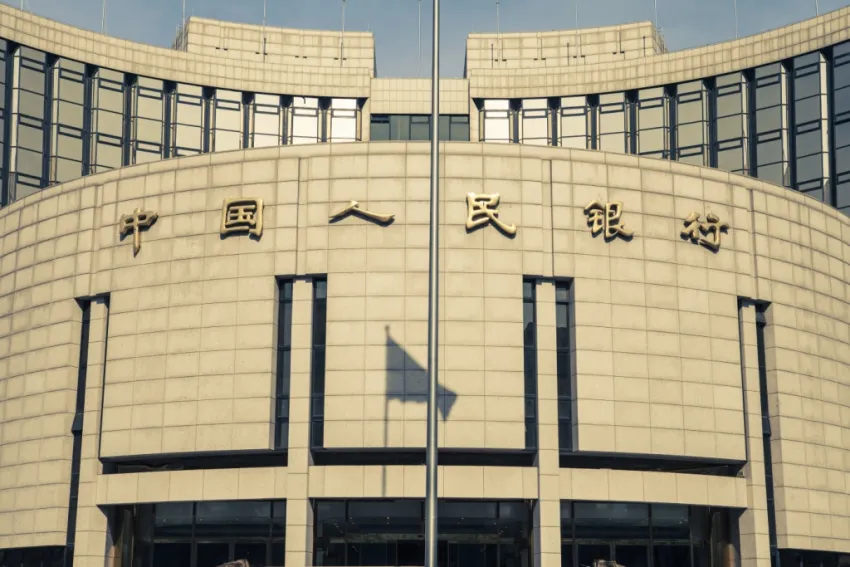
Mergers of China's small banks won't buoy reforms in the sector: report
Local governments may be resistant to give up control of their assets in regional banks.
China's reported plans for widespread mergers could potentially lead to stronger and more transparent financial institutions over time and address the weaknesses of strong banks. But it faces operational hurdles, whilst the government should focus more on deeper reformation in the banking sector, according to Fitch Solutions
The plan involves mergers or restructuring of problematic banks with assets of less than $14.27b (CNY100b). With more than 4,000 banks of that size, the block alone accounts for 20%-25% of China’s banking assets. Further, these banks have combined non-performing loans (NPL) higher than the rest of the system, and are also more likely to understate true asset-quality problems.
“These banks have poor franchises and typically have some combination of weak capitalisation, low profitability, strong local government influence and high related-party lending, and large exposure to opaque non-loan investments that in many cases are larger than their loan book,” the report stated.
But the local government could be an initial obstacle given that they are the largest shareholders in city commercial and rural banks.This means that may merger may result in a local government losing control of its bank, and in turn some of its ability to guide economic policy and support local state-owned enterprises, added Fitch Solutions.
Mergers also doesn’t address the structural weaknesses of the country’s banking system, especially if there are no changes in the banks’ behavior--that is, high NPLs and asset quality problems.
“There is a risk that mergers are used simply to avoid the failure of problematic banks, which would work against broader reform efforts,” they added.
However, Fitch Solutions noted that the authorities' sustained focus on reducing financial risks may suggest that the merger process may include corrective measures toward troubled banks, such as improving transparency, requiring capital replenishment, controlling asset growth and strengthening risk management. It is also unlikely that authorities will provide full protection to troubled banks.
Tight liquidity and slower economic growth have exposed small banks' vulnerabilities since the authorities began a crackdown on shadow lending in 2017. City and rural banks - as most small banks are classified - have reined in their lending growth, and several have required external support, either in the form of a takeover, as with Baoshang Bank, or equity investment by state-owned entities, as with Bank of Jinzhou.



















 Advertise
Advertise








